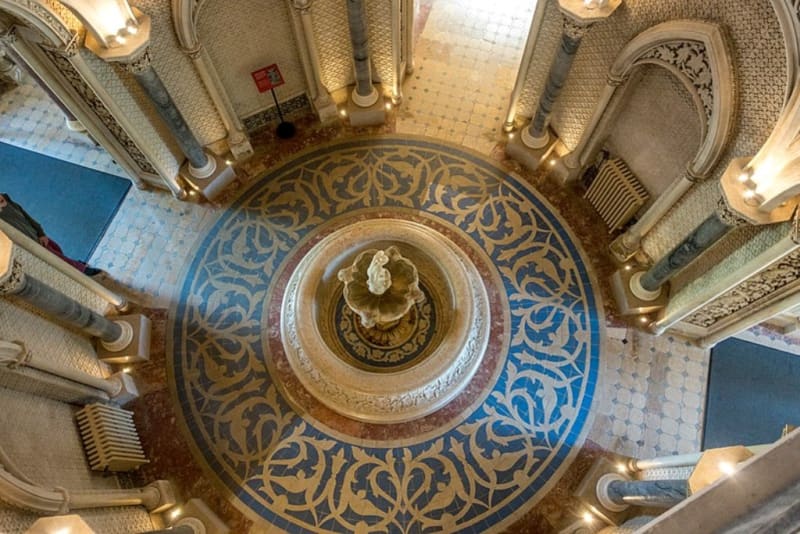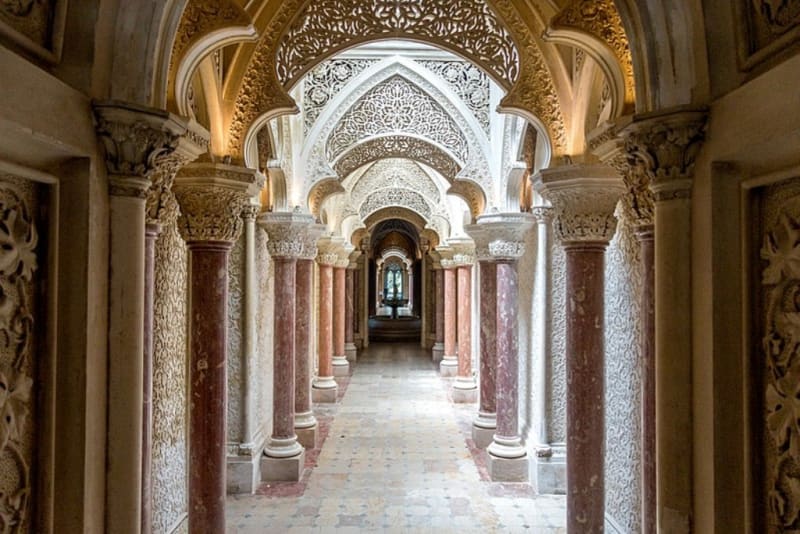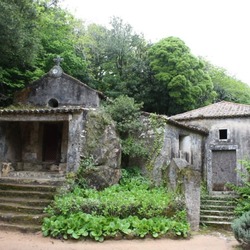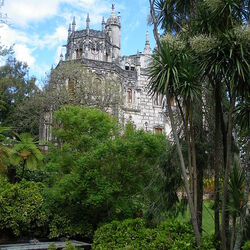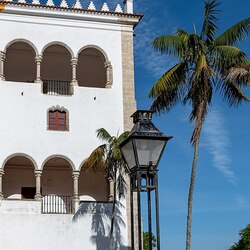Montserrat Palace
The Montserrat Palace is located in a 33-hectare park near Sintra. This place features plants of more than 3,000 species from all five continents. Thousands of people from different countries visit the attraction every year. It was founded in 1858, and today it has not lost its public interest.
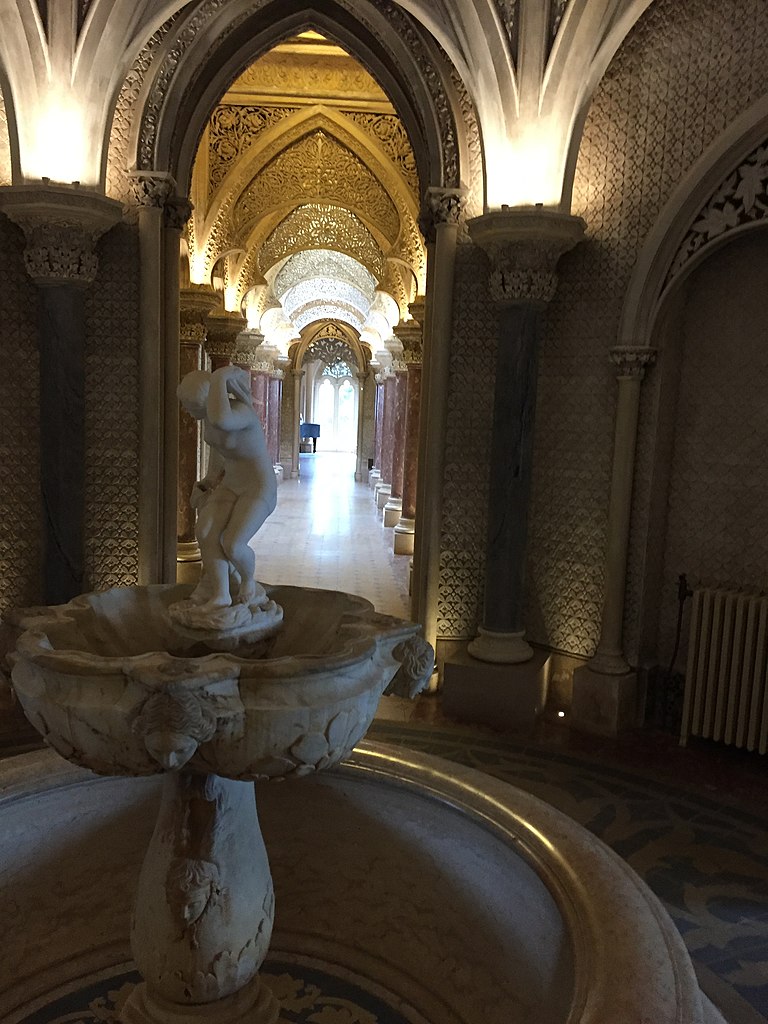
The history of the Montserrat Palace
In 1789, a wealthy English merchant, Gerard de Visme, leased land near Sintra and built a building in the Gothic Revival style. After a while, the site was transferred to William Beckford. Before Lord Byron came to Sintra, the entire estate was in ruins.
This served as a source of inspiration for the famous poet, who immortalized Montserrat in his famous work "Childe Harold's Pilgrimage." It is not surprising that many tourists, after reading the poem, were fascinated by everything that was happening and many decided to take a look at the Montserrat Palace with their own eyes.
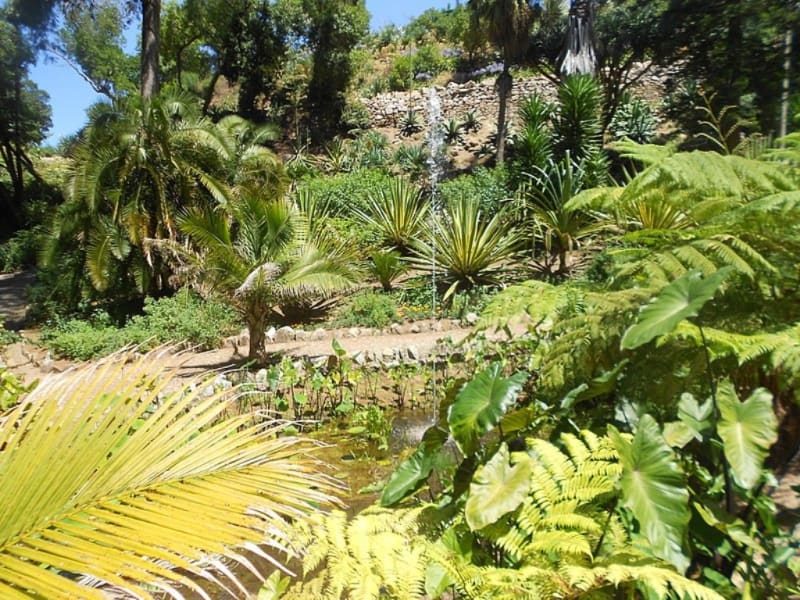
It is impossible to list all the visitors, if we talk about the most famous, then one of them was Francis Cook. He was a wealthy industrialist who was awarded the title of Viscount of Montserrat by King Louis. When Cook took possession of the palace, he immediately launched the restoration process. Thus, the medieval ruin was expertly transformed into a stunning palace made in the Romantic style.
Montserrat Palace today
Around the palace today you can see a wide variety of plants brought from different parts of the world. The artist William Stockdale and the gardener Francis Burt, inspired by Cook, were able to design the landscape of the garden in such a way that it neatly combines wealth and delicacy. While walking around the Montserrat Palace, special attention should be paid to the rose garden. There are a lot of flowers planted there, and it's not for nothing. The rose, being a symbol of England, was very dear to Cook.
All the splendor of the city of Sintra is perfectly visible in the many palaces and castles built in this region. The Montserrat Palace occupies its well-deserved place among the bright sights of the city and the country as a whole. The UNESCO World Heritage Site added the landmark to the honorary list of architectural memorabilia in 1995. In 2013, the park was awarded the European Garden Award as the best historical park or garden. Looking inside the palace, it is immediately worth noting the main dome. If you look closely, you can see a beautiful wooden frame on the inside of it.



